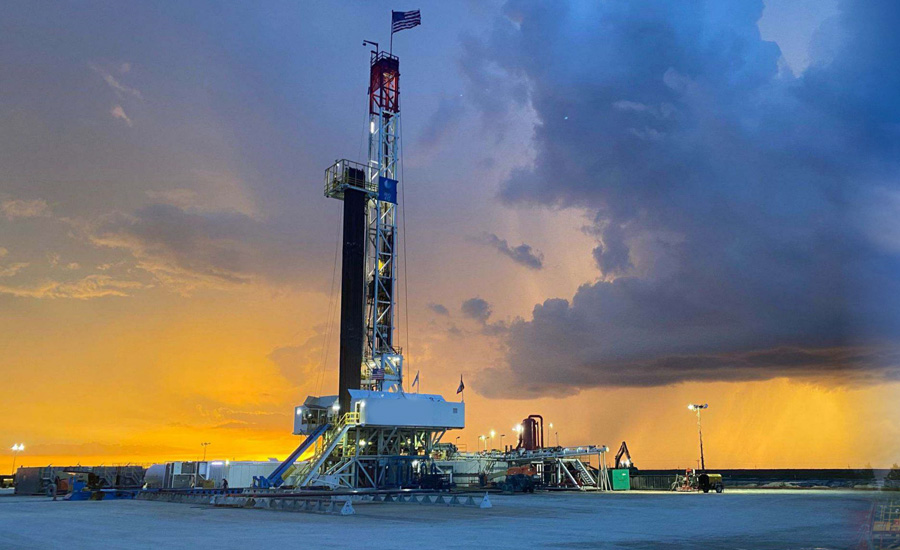
In the world of drilling and well construction, ensuring optimal cement placement is paramount for the integrity and productivity of the well. Centralization tools, especially centralizers, are essential in this process. Centralizers are designed to keep the casing in the center of the wellbore during cementing, ensuring an even and effective cement bond. Among various types of centralizers, semi-rigid bow spring centralizers are becoming increasingly important in complex well geometries due to their unique properties. This article will delve into the theory and practical applications of semi-rigid bow spring centralizers, exploring their impact on wellbore performance, cementing operations, and overall well integrity.
Before diving into their impact, it’s essential to understand what semi-rigid bow spring centralizers are and how they function. Semi-rigid bow spring centralizers are a type of centralizer made from a set of bowed, preformed spring steel blades that are designed to push the casing towards the center of the wellbore. Unlike rigid centralizers, which are typically stiffer and less flexible, semi-rigid centralizers offer a balance between flexibility and strength, making them ideal for use in complex and deviated well geometries.
The “semi-rigid” nature of the tool allows it to adjust to varying wellbore conditions, such as irregularities, doglegs, or narrow sections, while still maintaining enough force to keep the casing centered. This unique design is what gives them an edge in challenging well conditions, where traditional rigid centralizers may fail to provide adequate centralization.
Casing centralization is a critical step in the cementing process, as it ensures that the cement is evenly distributed around the casing. The goal is to isolate the different formations and prevent the migration of fluids between the casing and the wellbore. Proper cement placement can prevent costly issues such as fluid communication between zones, wellbore instability, and even the risk of blowouts.
In complex well geometries — such as horizontal, deviated, or highly curved wells — maintaining proper centralization becomes even more challenging. The casing tends to gravitate towards the low side of the wellbore due to gravity and the uneven distribution of forces, leading to an uneven cement sheath. This can result in poor zonal isolation, risking well integrity and production.
Semi-rigid bow spring centralizers offer a range of advantages over other centralization methods, particularly in complex wellbore conditions. Below are the key benefits:
While semi-rigid bow spring centralizers provide significant advantages, they also come with certain limitations, particularly in extreme or highly complex well geometries. Some of these challenges include:
The transition from theory to practice with semi-rigid bow spring centralizers is not without its challenges, but the advantages they provide make them an increasingly popular choice for complex well designs. In practice, these centralizers have proven effective in improving cementing operations, reducing the likelihood of well integrity issues, and optimizing production.
To effectively implement semi-rigid bow spring centralizers in the field, engineers must conduct thorough wellbore planning, taking into account the specific challenges of the well geometry. Factors such as well depth, deviation angle, and casing size must all be considered to ensure that the centralizers are the right fit for the job.
In addition, advanced software tools and simulations are often used to model the behavior of centralizers in different well conditions. This allows engineers to make data-driven decisions about which centralizers to use, where to place them, and how to optimize their deployment for maximum effect.
Semi-rigid bow spring centralizers represent a significant advancement in centralization technology for complex well geometries. Their ability to adapt to irregular wellbore shapes, exert continuous centralizing force, and improve cementing efficiency makes them a valuable tool in modern well construction. While they come with some limitations, their benefits far outweigh the challenges in most scenarios. By understanding both the theoretical and practical aspects of these centralizers, operators can optimize cement placement, improve well integrity, and enhance overall well performance.
Copyright © Emson Oil Tools. All Right Reserved. | Privacy Policy | Terms & Conditions